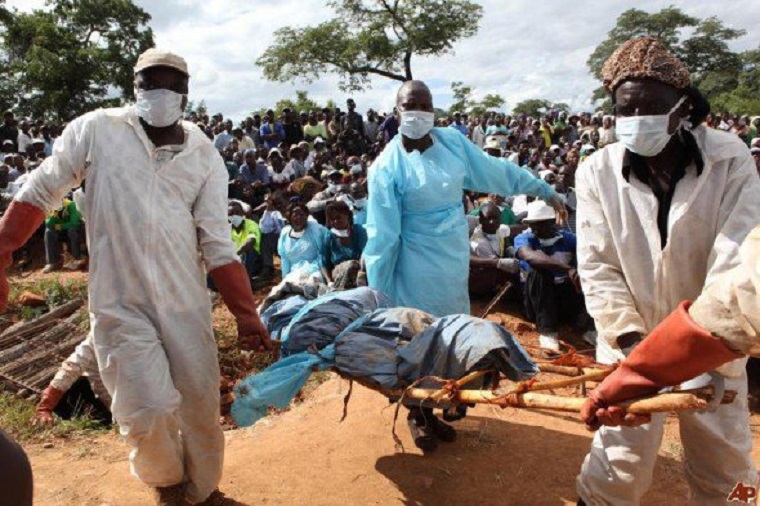As journalists and a veritable army of newfound Zimbabwe “experts” join the bun rush to describe the history of Robert Mugabe’s replacement, Emmerson Mnangagwa, there has been much talk about his role in the Gukurahundi killings of the 1980s.
Some have said his part in the massacres is “shrouded in mystery”, others that he was the “architect” or “mastermind”. Still others seem to have bought Mnangagwa’s line that his participation is a myth – or that it has, at least, been wildly exaggerated. All of them are wrong.
In January 1983, when the North Korean-trained Fifth Brigade (5 Brigade) of the army was deployed in Matabeleland North, Mnangagwa was Mugabe’s minister of state security.
That portfolio brought with it control over the Central Intelligence Organisation (CIO), a Rhodesian institution that was partly reconfigured in 1980 when Mugabe took power at independence.
Structurally, the main changes to the CIO had been the formal incorporation of the domestic security and intelligence function – previously informally controlled by the organisation through the Special Branch of the Rhodesian police – and the drafting of personnel from ZANU’s department of security into the organisation.
Culturally, the well-earned reputation for brutality of ZANU’s security apparatus – which had been superintended by Mnangagwa during the party’s exile in Mozambique – melded with the Special Branch affinity for torture that had become a stock-in-trade as the war against the nationalists had intensified in the 1970s.
These elements magnified one another and, predictably, Zimbabwe’s CIO soon became known for its extreme interrogation techniques.
The CIO may have developed an unpleasant name in Zimbabwe, but that proves nothing in relation to the Gukurahundi, as Mnangagwa has himself suggested.
Rarely given to interviews with journalists, in 2016 he commented on allegations surrounding his involvement in the massacres in what was clearly a bid to sanitise his image ahead of a tilt at the presidency.
Speaking to the New Statesman, he retorted: “How do I become the enforcer during Gukurahundi?… We had the president, the minister of defence, the commander of the army, and I was none of that. My own enemies attack me left and right and that is what you are buying.”
This seems likely to become his stock defence. In effect, he claims that he was in charge of internal security, not military matters – and that the CIO had nothing to do with the Gukurahundi. It’s a weak defence that has no prospect of surviving closer scrutiny. But it does contain two grains of truth.
Continued next page
(994 VIEWS)
